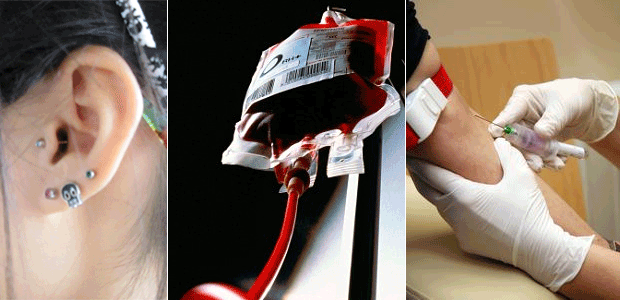The Effects of Smoking on the Body
Tobacco smoke is enormously harmful to your health. There’s no safe way to smoke. Replacing your cigarette with a cigar, pipe, or hookah won’t help you avoid the health risks associated with tobacco products.Cigarettes contain about 600 ingredients. When they burn, they generate more than 7,000 chemicals, according to the American Lung Association. Many of those chemicals are poisonous and at least 69 of them can cause cancer. Many of the same ingredients are found in cigars and in tobacco used in pipes and hookahs. According to the National Cancer Institute, cigars have a higher level of carcinogens, toxins, and tar than cigarettes.
When using a hookah pipe, you’re likely to inhale more smoke than you would from a cigarette. Hookah smoke has many toxic compounds and exposes you to more carbon monoxide than cigarettes do. Hookahs also produce more secondhand smoke.
In the United States, the mortality rate for smokers is three times that of people who never smoked, according to the Centers for Disease Control and Prevention. It’s one of the leading causes of preventable death.
Central Nervous System
Smoking increases risk of macular degeneration, cataracts, and poor eyesight. It can also weaken your sense of taste and sense of smell, so food may become less enjoyable.
Your body has a stress hormone called corticosterone, which lowers the effects of nicotine. If you’re under a lot of stress, you’ll need more nicotine to get the same effect.
Physical withdrawal from smoking can impair your cognitive functioning and make you feel anxious, irritated, and depressed. Withdrawal can also cause headaches and sleep problems.
Respiratory System
In a condition called emphysema, the air sacs in your lungs are destroyed. In chronic bronchitis, the lining of the tubes of the lungs becomes inflamed. Over time, smokers are at increased risk of developing these forms of chronic obstructive pulmonary disease (COPD). Long-term smokers are also at increased risk of lung cancer.
Withdrawal from tobacco products can cause temporary congestion and respiratory pain as your lungs begin to clear out.
Children whose parents smoke are more prone to coughing, wheezing, and asthma attacks than children whose parents don’t. They also tend to have more ear infections. Children of smokers have higher rates of pneumonia and bronchitis.
Cardiovascular System
Blood clots and weakened blood vessels in the brain increase a smoker’s risk of stroke. Smokers who have heart bypass surgery are at increased risk of recurrent coronary heart disease. In the long term, smokers are at greater risk of blood cancer (leukemia).
There’s a risk to nonsmokers, too. Breathing secondhand smoke has an immediate effect on the cardiovascular system. Exposure to secondhand smoke increases your risk of stroke, heart attack, and coronary heart disease.
Skin, Hair, and Nails (Integumentary System)
Digestive System
Smoking also increases risk of cancer of the mouth, throat, larynx, and esophagus. Smokers have higher rates of kidney cancer and pancreatic cancer. Even cigar smokers who don’t inhale are at increased risk of mouth cancer.
Smoking also has an effect on insulin, making it more likely that you’ll develop insulin resistance. That puts you at increased risk of type 2 diabetes. When it comes to diabetes, smokers tend to develop complications at a faster rate than nonsmokers.
Smoking also depresses appetite, so you may not be getting all the nutrients your body needs. Withdrawal from tobacco products can cause nausea.
Sexuality and Reproductive System
Smokers experience more complications of pregnancy, including miscarriage, problems with the placenta, and premature delivery.
Pregnant mothers who are exposed to secondhand smoke are also more likely to have a baby with low birth weight. Babies born to mothers who smoke while pregnant are at greater risk of low birth weight, birth defects, and sudden infant death syndrome (SIDS). Newborns who breathe secondhand smoke suffer more ear infections and asthma attacks.
Tags:
Health Tips
The Effects of Smoking on the Body | Smoking is Injurious to Health
By Health Consultant →






























